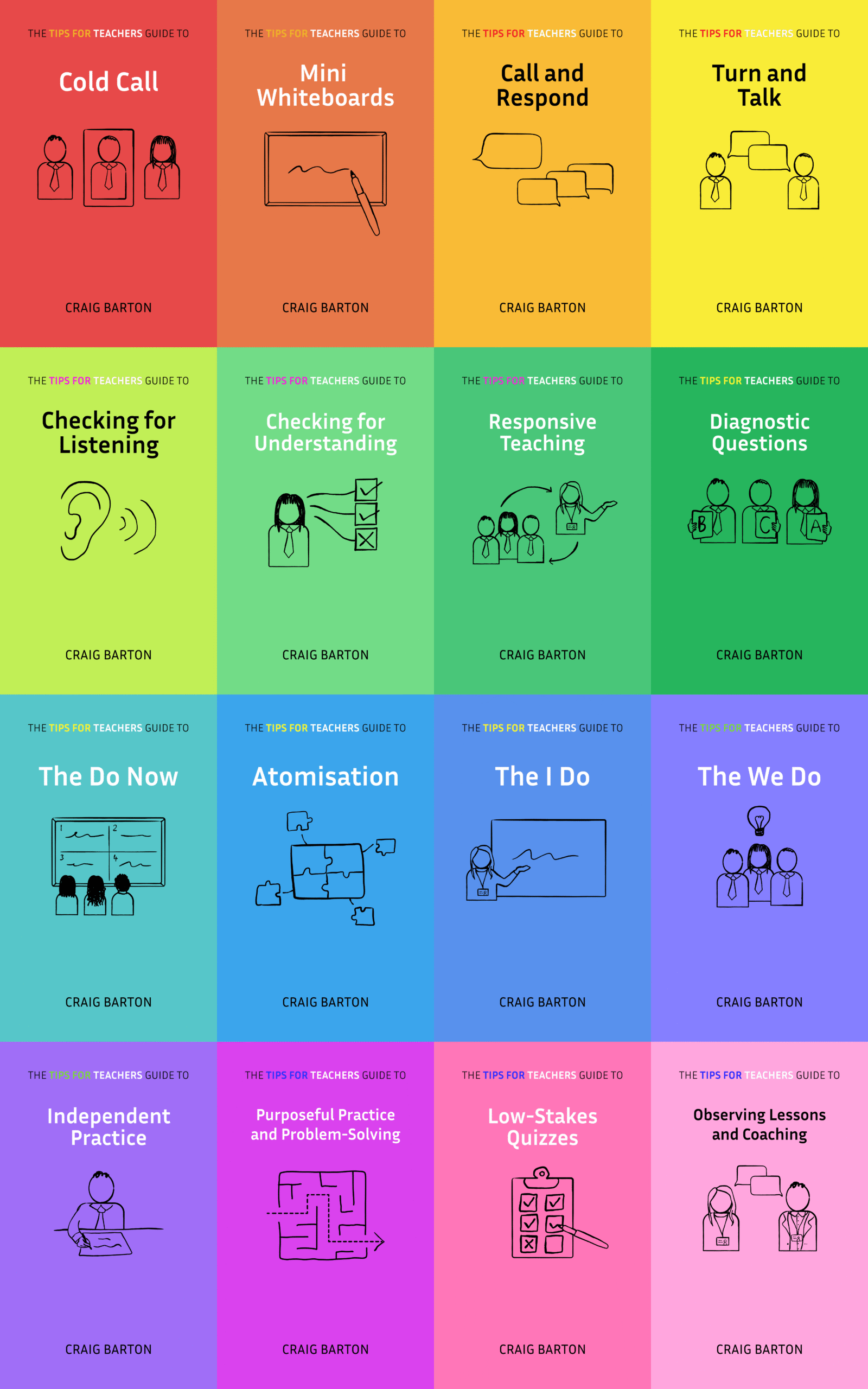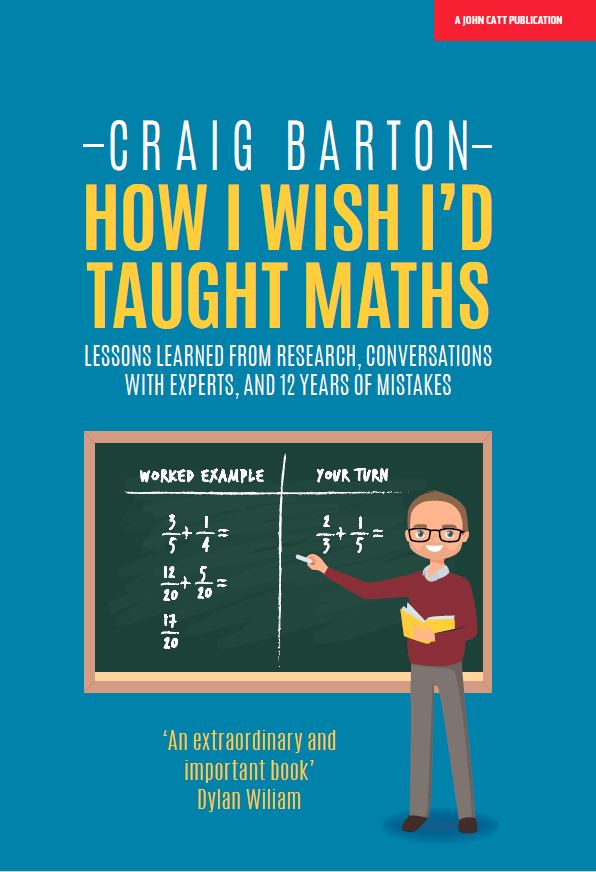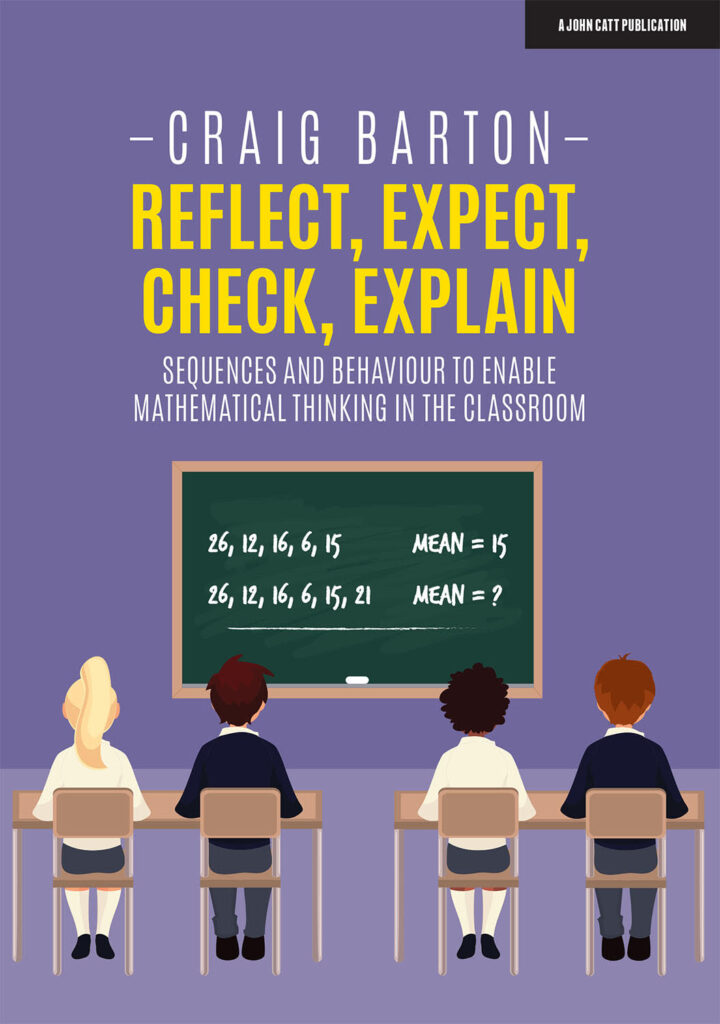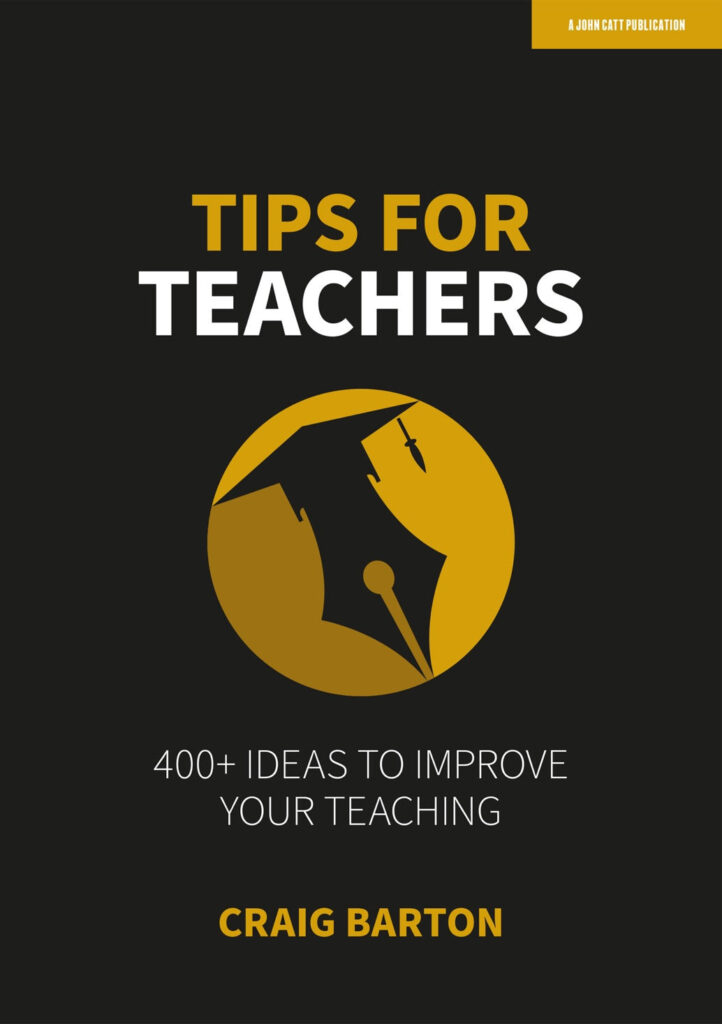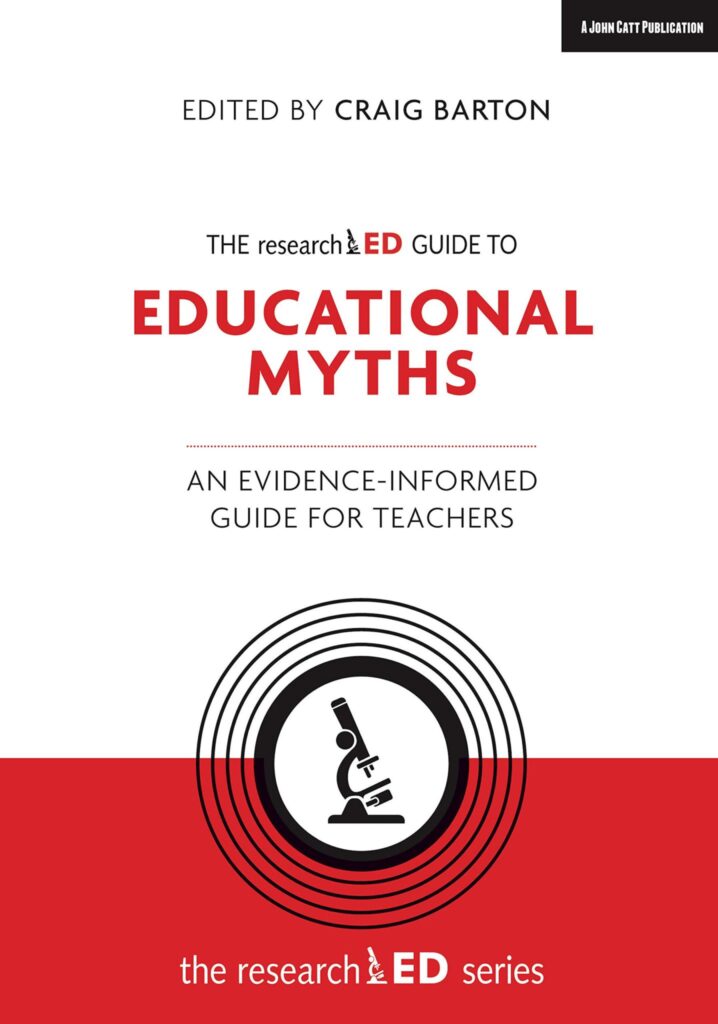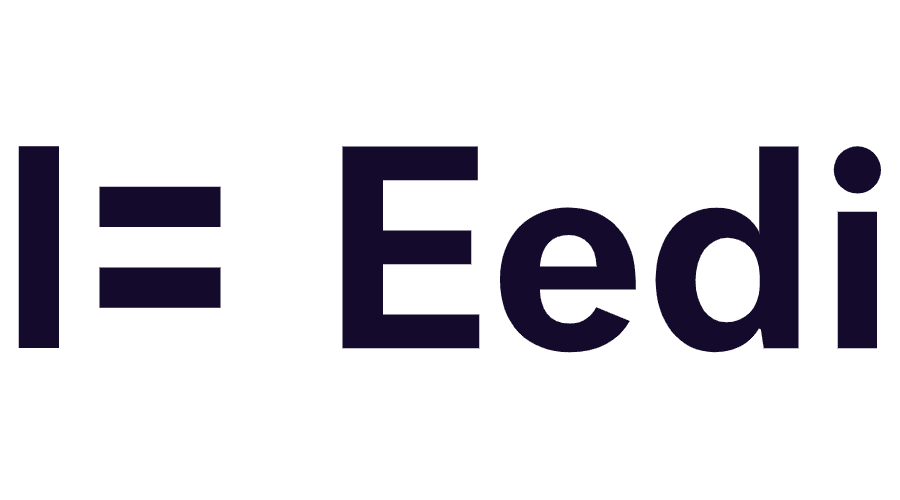Summary
This YouTube transcript discusses teacher awareness of student biases regarding academic performance. Overconfident students, despite positive feedback, may underestimate their abilities, while underconfident students may overestimate their struggles. The speaker suggests using models and coaching to help students accurately assess their skills, promoting a more realistic self-perception. A study highlighted that positive self-belief encourages risk-taking and progress, while excessive self-confidence can lead to decreased error detection. The importance of providing constructive feedback and fostering a growth mindset is emphasized.
What are the implications for teachers?
Based on the sources, here are some implications for teachers regarding student bias:
- Awareness of biases is crucial. Teachers should be aware of their students’ biases, such as students who believe they will do poorly despite positive feedback and students who are overconfident despite receiving low grades.
- Understanding students’ self-perception is important. Teachers need to understand how students perceive their own abilities and where they believe they stand in the class. Asking students to rank themselves can provide insights into their self-perception.
- Overconfident students may disregard feedback. Teachers should be aware that overconfident students may disregard feedback because their perception of their understanding does not align with their actual understanding.
- Models and coaching are effective strategies. Using models and coaching can help students see where they stand in relation to others and understand what they need to do to improve.
- Comparative judgment and exemplars can be helpful. Using comparative judgment and exemplars can help overconfident students realize they may not be as good as they think, and help under-confident students see they are better than they think.
- Low confidence students may have a negative narrative. Teachers must be aware that students who are struggling may have developed a negative narrative about their abilities, and teachers should work to break down this narrative.
- Positive beliefs can encourage risk-taking. Students who believe they are good at something are more likely to take creative risks which can lead to learning and progress.
- Overconfidence can lead to mistakes. Top-performing students with a massive belief in themselves may make more mistakes because their error detection goes down.
- Boys tend to overstate their understanding. Boys, more than girls, tend to overstate their understanding across all achievement levels.
- Feedback should be carefully considered. Teachers may need to adjust how they provide feedback, especially to low-achieving boys, to avoid perpetuating an inaccurate sense of their abilities. For example, writing “some wider reading done” can be interpreted positively by a student, even if it was meant to convey that the student’s work was only at a level 2 out of 5, and therefore giving more specific feedback like “more wide reading needed” may help them understand the feedback more clearly.
- Calibration is key. Teachers should strive to align students’ perceptions of their understanding with their actual understanding.
- Encouragement is beneficial for some students. Encouraging students at the lower end can foster a more positive feeling about their abilities and promote risk-taking.
- Negativity can be a motivator. Negativity bias can be a motivator for high-achieving students and teachers should be aware of this.
- Clarity in expectations is important. When students want to do better, teachers should be clear on the steps they can take to improve.
- Knowing students’ biases is useful. Even knowing if a low achieving boy has illusory superiority is useful as a teacher because you can then recalibrate their understanding.

